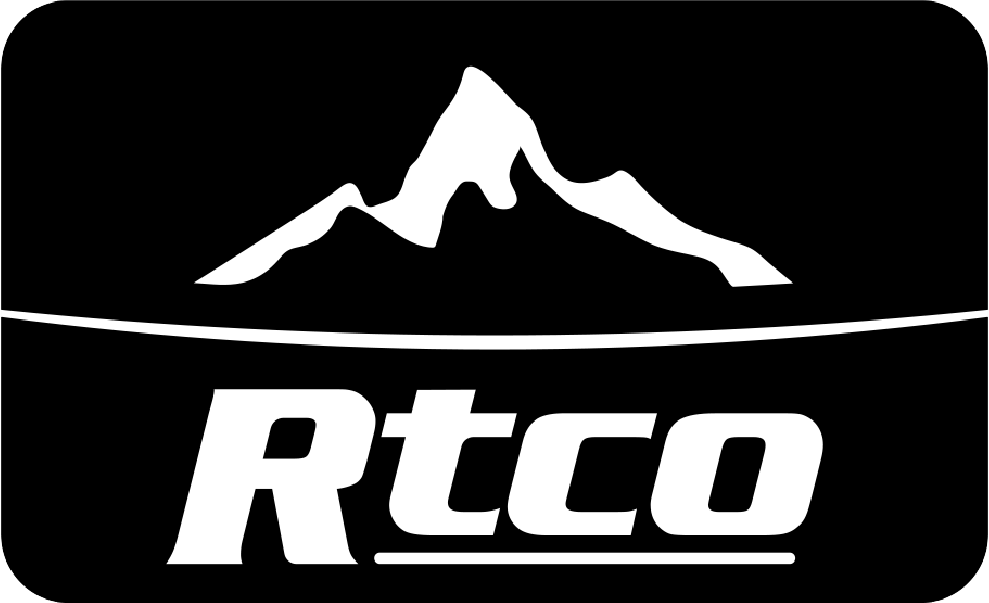In today’s packaging world, safety and compliance have become just as important as aesthetic design and functionality. Among various innovations, CRC (Child-Resistant Cap) packaging has emerged as a vital solution — one that balances user convenience with strict safety regulations.
But what exactly makes CRC packaging so essential? And why are industries like pharmaceuticals, nutraceuticals, cosmetics, and chemicals increasingly adopting it? Let’s explore.
1. What Is a CRC Cap?
A Child-Resistant Cap (CRC) is designed to prevent children from accidentally opening containers containing potentially harmful substances — such as medication, vitamins, or cleaning agents.
It usually requires a “push-and-turn” or “squeeze-and-turn” motion, which is intuitive for adults but difficult for children under a certain age.
CRC caps are tested according to strict international standards, including ISO 8317 and 16 CFR 1700.20, ensuring both safety and usability.
2. Why CRC Packaging Matters More Than Ever
a. Growing Regulatory Demands
Global safety regulations are tightening.
In the pharmaceutical and nutraceutical industries, child-resistant packaging is no longer optional — it’s mandatory for many products.
The U.S. Poison Prevention Packaging Act (PPPA), for instance, requires CRC packaging for most oral prescription drugs, dietary supplements with iron, and household chemicals.
b. Rising Consumer Awareness
Consumers today expect brands to show responsibility. A CRC cap isn’t just a compliance feature — it’s a trust symbol.
Parents feel reassured when products demonstrate that safety has been built into their packaging design.
c. Expanding Applications Beyond Medicine
Interestingly, CRC caps are now trending in cosmetics and cannabis packaging as well.
For example, CBD oils, essential oils, and chemical-based skincare products are adopting CRC droppers and bottles to ensure safe home use — a key selling point in the premium market.
3. CRC Caps Meet Design Innovation
Modern CRC packaging is no longer bulky or unattractive. With advancements in molding and surface treatments, brands can now combine safety with style:
-
Matte or glossy finishes for premium appearance
-
Custom embossing or color coding for brand recognition
-
Sustainable materials (PCR, recyclable PP, or bio-based plastics) for eco-conscious appeal
This allows product lines to maintain aesthetic harmony while complying with safety standards.
4. Future Outlook: Safety Meets Sustainability
The next evolution of CRC packaging lies in eco-friendly materials and smart closures:
-
Biodegradable or recycled CRC caps to reduce environmental footprint
-
Tamper-evident + CRC hybrid systems for anti-counterfeiting
-
Smart-lock CRC designs using mechanical innovation for improved usability
As sustainability becomes a global priority, the challenge will be balancing safety, recyclability, and user experience.
CRC-capped containers are no longer limited to pharmaceuticals — they’ve become a universal standard for responsible packaging.
For brands seeking to combine safety compliance, consumer trust, and modern aesthetics, CRC packaging delivers the perfect solution.
It’s not just a cap.
It’s a commitment — to safety, innovation, and brand integrity.

 EN
EN
 AR
AR
 HR
HR
 CS
CS
 DA
DA
 NL
NL
 FI
FI
 FR
FR
 DE
DE
 EL
EL
 HI
HI
 IT
IT
 JA
JA
 KO
KO
 PL
PL
 PT
PT
 RO
RO
 RU
RU
 ES
ES
 SV
SV
 TL
TL
 LT
LT
 UK
UK
 VI
VI
 ET
ET
 GL
GL
 HU
HU
 TH
TH
 TR
TR
 AF
AF
 MS
MS
 SW
SW
 BE
BE
 KA
KA
 BS
BS
 LA
LA
 MN
MN
 TG
TG
 UZ
UZ
 XH
XH


